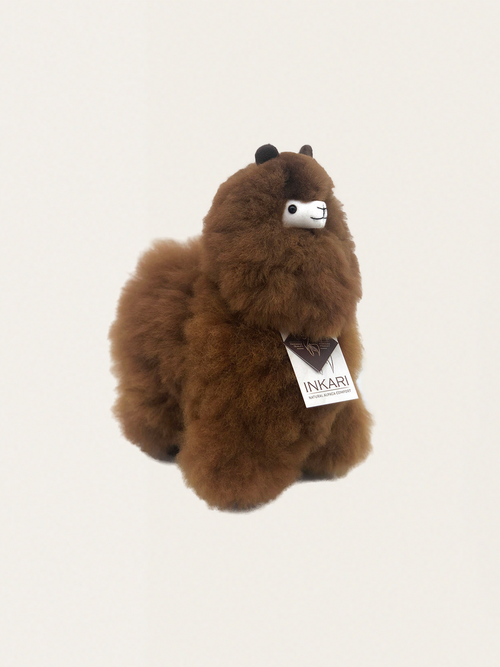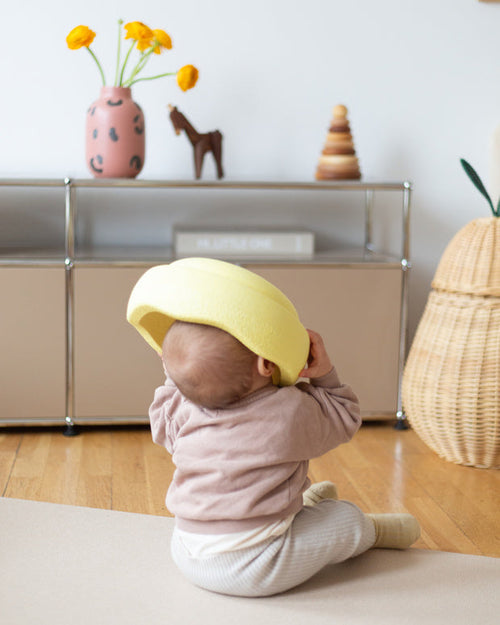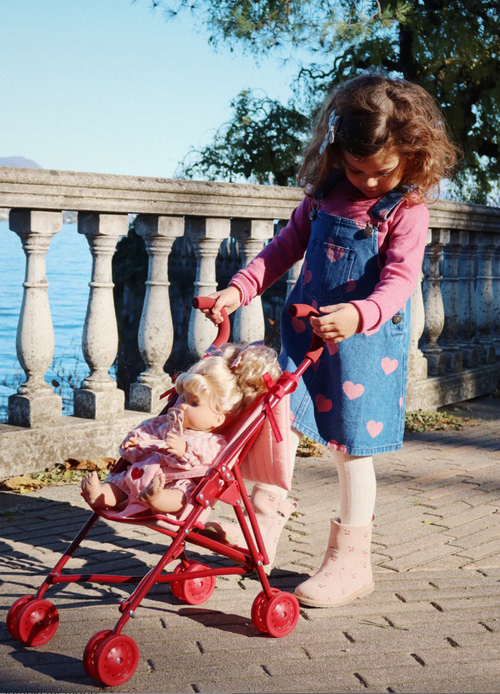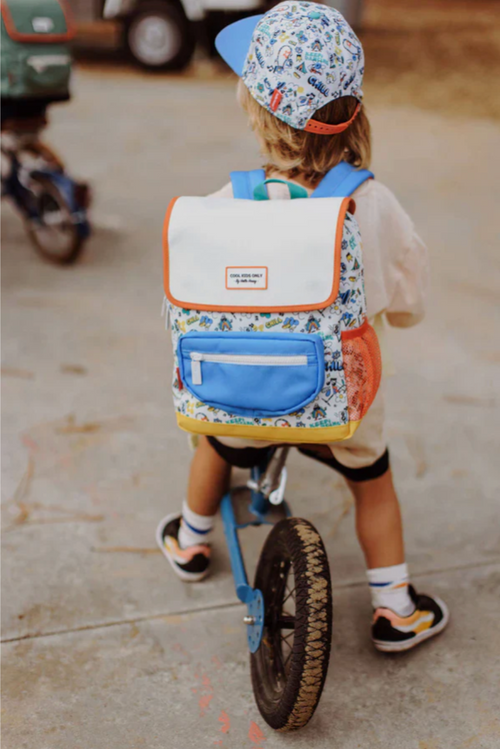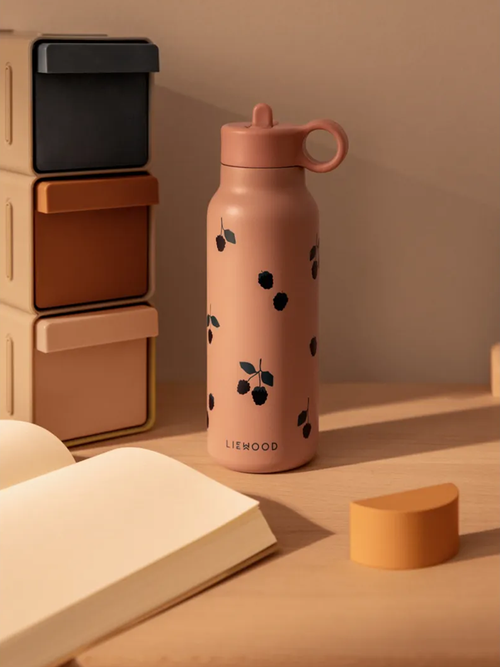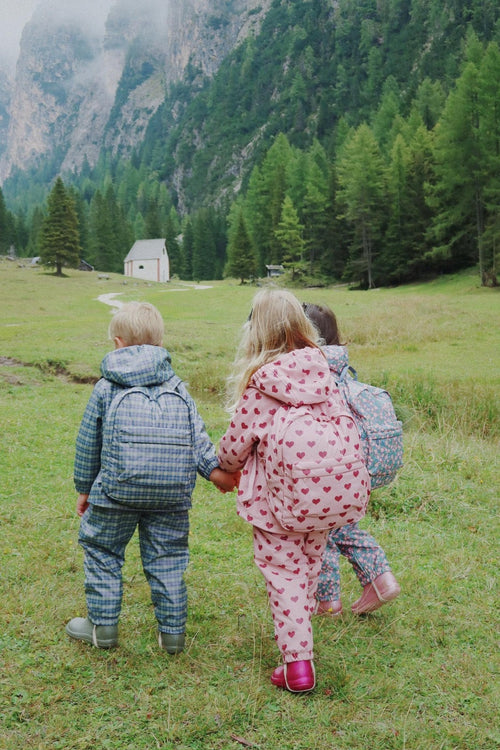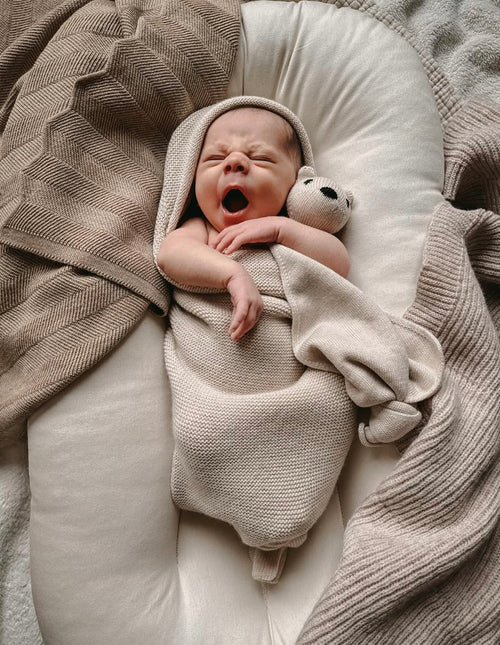The vast majority of children love pacifiers. They help them calm down and are their daily companion, especially before bed and during difficult emotional situations. However, sometimes a child loses a pacifier, especially during walks or while playing at home. A pacifier clip, which attaches to the baby's clothing, is a great solution in such situations.
On our Kokosek website you will find many types of pacifier holders for your little one.
Pacifier clips – what are they and what are their types?
A pacifier holder is a very useful and fashionable gadget for every little one. Having this accessory protects the pacifier not only from being lost but also from falling. And every parent knows how much trouble it can be to constantly boil a pacifier, especially when your little one is cranky and needs it most.
When purchasing a pacifier clip, make sure it's safe for your baby and doesn't contain any small parts that could be accidentally swallowed. There's a wide selection available on the market, including:
- pacifier pendants with name,
- fabric with animal motifs ,
- made of cotton ,
- braided in boho style ,
- leather ,
- silicone ,
- made of merino wool ,
- wooden.
It's best to choose a material that's easy to keep clean. Regular cleaning with warm water and detergent is recommended. The material itself should be durable and resistant to scratches and other mechanical damage.
When choosing a pacifier clip, you should also pay attention to the type of clasp. Ideally, it should have a locking mechanism that prevents your child from unclipping the entire structure on their own.
Moreover, the pendant itself must be long enough for the baby to have easy access to the pacifier.
Advantages and disadvantages of using a pacifier on a baby
The use of pacifiers has its proponents and detractors. It's common to hear that pacifier use is inherently bad. This isn't entirely true, as much depends on at least two factors.
The first is the moment when a newborn is first given a pacifier. Experts argue that it's best to do this after the baby has learned to latch properly. Otherwise, the baby may refuse to breastfeed. The second is the frequency of pacifier use. It should be a remedy for the baby's poor well-being, irritability, and crying, not a constant companion.
It's important that the pacifier is appropriate for the child's age. Each packaging indicates the starting month for each model. Parents should remember to practice daily oral hygiene to prevent canker sores and oral thrush. Therefore, it's essential to regularly wash and sterilize the pacifier to remove any bacteria and contaminants.

